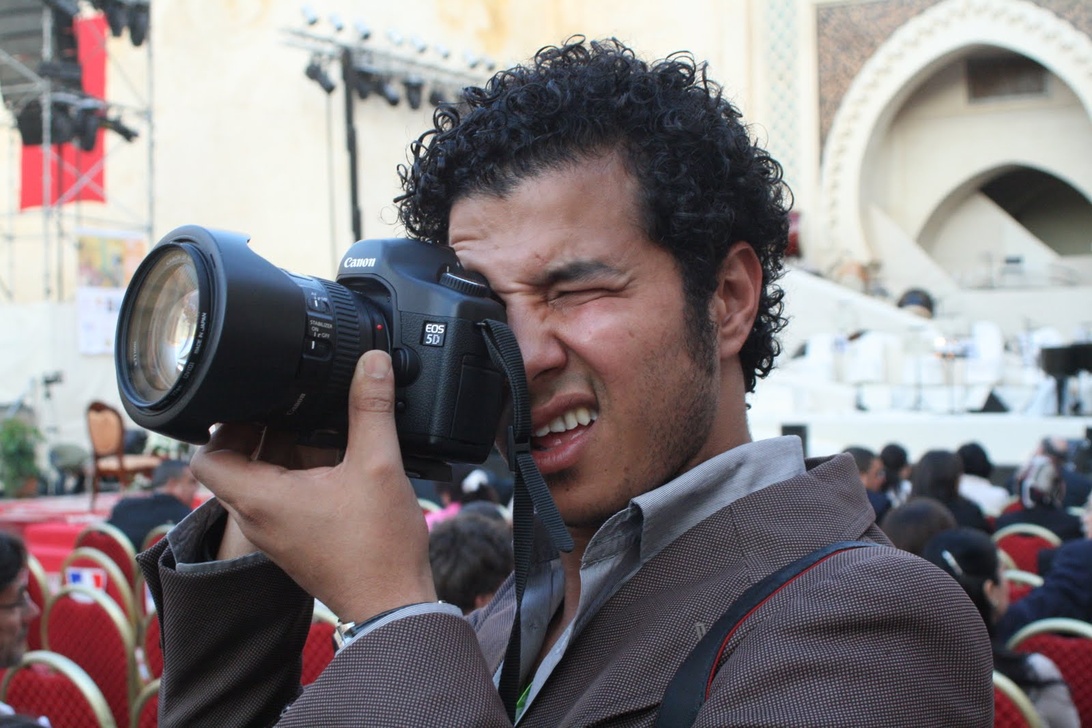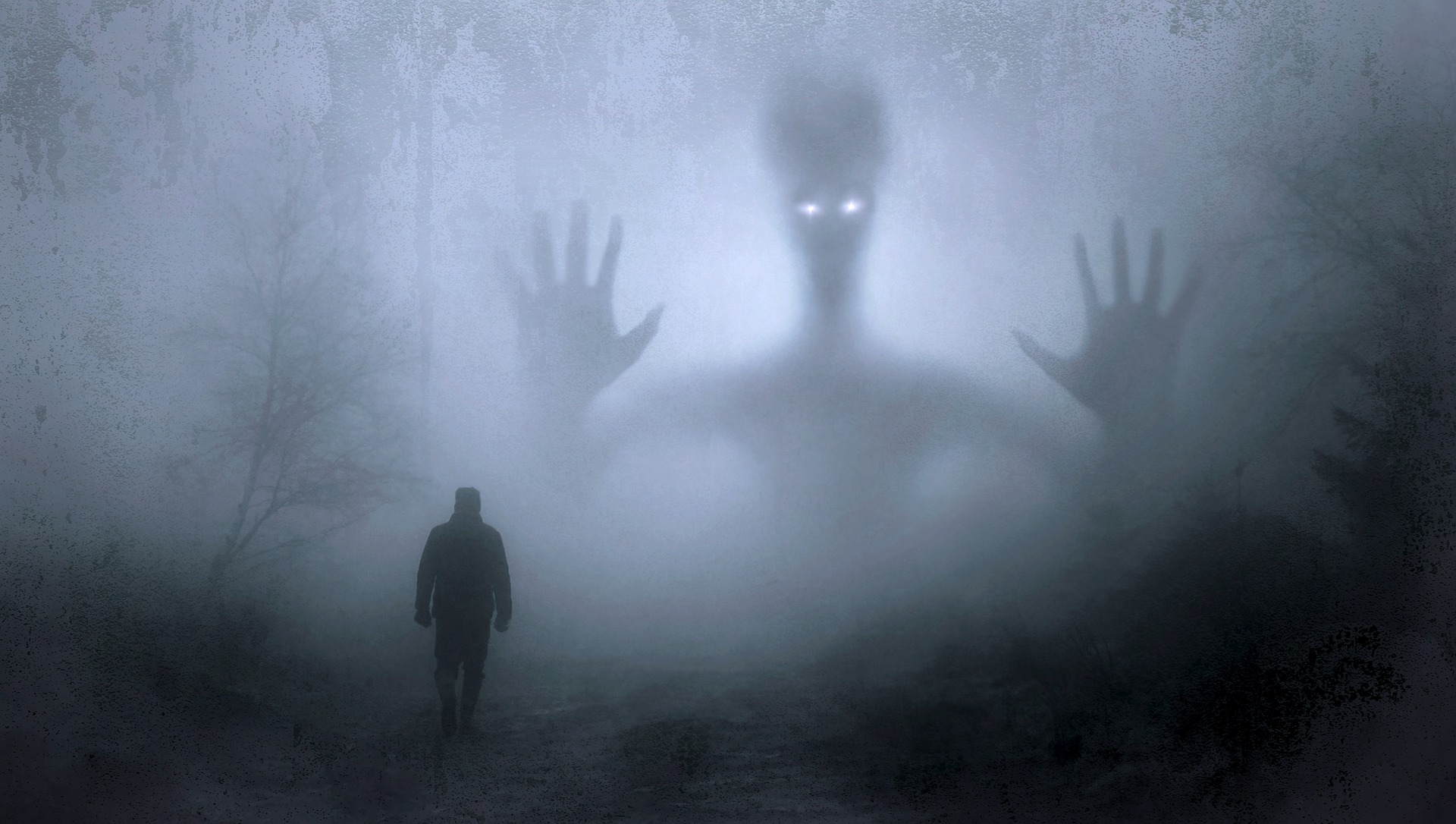
The Evolution of Festival Photography: From Film Cameras to Social Media
Ah, festival photography. It’s more than just snapping pictures, isn’t it? It’s about bottling that unique blend of euphoria, mud, music, and madness that makes festivals so utterly compelling. I’ve seen it change dramatically over my years hopping between fields and stages. We’ve gone from cherishing grainy film prints developed weeks later to instantly broadcasting shaky videos to the world. It’s a fascinating evolution, reflecting not just technological leaps but also how we experience and share these collective moments of joy.
The age of anticipation: Film, focus, and finite shots
Cast your mind back, or perhaps just imagine, a time before the digital deluge. Capturing a festival on camera was an entirely different beast. Early photography itself, emerging in the 1820s, required patience bordering on the saintly, with exposure times so long they could only really capture static subjects. Imagine trying to photograph a swirling mosh pit with an eight-hour exposure! Thankfully, things sped up. By the mid-19th century, processes like daguerreotype and later, glass plate photography, allowed for the documentation of significant events, albeit often staged or static. Think less crowd-surfing, more posed portraits of dignitaries or wide shots of gatherings like The Great Chartist Meeting in London in 1848, possibly the first photograph of a mass demonstration, or scenes from the Mexican-American War a year prior, marking early steps in event photography.
As cameras became more portable through the 20th century, particularly with the rise of 35mm film, photographers could finally start capturing the dynamism of live events. This coincided beautifully with the birth of modern music festivals. Yet, shooting on film imposed its own rhythm. With only 24 or 36 exposures per roll, every shot counted. You had to be deliberate, anticipating the moment – the leap, the shared glance, the sunset hitting the main stage just right. There was no instant feedback, no deleting unflattering shots. Just the click, the wind-on, and the hope you’d captured something special. This limitation fostered a different kind of photographic eye, one perhaps more focused on composition and timing. The results, often developed long after the festival tents were packed away, had a tangible quality – the grain, the unique colour palettes, the slight imperfections that felt authentic. Iconic music photography from this era, like Alfred Wertheimer’s candid shots of Elvis or Dennis Morris’s intimate portraits of Bob Marley, showcases this ability to capture personality and atmosphere within the technical constraints of film, a skill undoubtedly applied by photographers navigating the burgeoning festival scenes of the 60s and 70s.
The digital floodgates open: Instant gratification and infinite images
Then came the digital revolution. Suddenly, the constraints vanished. Digital cameras, first clunky DSLRs and later compact point-and-shoots, offered instant review screens and memory cards holding hundreds, then thousands, of images. The economic barrier of film and development costs disappeared. This was a game-changer for festival photography. You could experiment wildly, shoot bursts of action, and immediately see if you’d nailed the shot. Crucially, digital sensors vastly improved low-light performance – essential for capturing headline acts after dark without blinding flash or blurry guesswork. As guides for aspiring festival photographers now emphasize, features like high ISO capabilities and fast autofocus, offered by modern digital cameras, are vital for capturing sharp images of musicians in challenging, often dimly lit, stage environments. This technological leap didn’t just change how professionals worked; it democratized festival documentation.
The real seismic shift, however, arrived with the smartphone camera and the explosion of social media. Suddenly, nearly every festival attendee had a high-quality camera in their pocket. Platforms like Flickr, then Instagram, Facebook, and later TikTok, provided the channels for instant, global sharing. The festival experience transformed from something primarily lived in the moment and recounted later, to something documented and broadcast *as it happened*. This has had a profound impact on how society engages with shared experiences. Hashtags connect disparate moments into a collective stream, creating a vast, real-time, user-generated tapestry of the event. You no longer need a press pass (though access to prime spots like photo pits often still requires one) to contribute to the visual story of a festival. Your perspective, your blurry selfie with the main stage miles in the background, becomes part of the narrative.
Shifting focus: From stage icons to shared vibes
This constant connectivity has also subtly shifted *what* gets photographed. While the artists on stage remain a focal point, social media thrives on relatability and atmosphere. Festival photography today is as much about capturing the ‘vibe’ – the outlandish outfits, the communal spirit in the campsite, the quirky art installations, the shared joy (or misery) in the queue for the loos – as it is about the headline act. It’s about telling a broader story of the experience, creating content that resonates with followers and captures the feeling of *being there*. Professional photographers are encouraged to capture these elements too, understanding that a compelling festival portfolio showcases the entire ecosystem, not just the performance. The pressure is on to capture not just technically good photos, but ‘Instagrammable’ moments – images that are instantly engaging, shareable, and contribute to the festival’s online buzz. It’s a far cry from waiting weeks for prints, hoping you captured something usable on your precious film roll.
The ever-shifting lens on the festival soul
So, where does this leave us? We’ve journeyed from meticulously crafted glass plates capturing static scenes to an endless stream of digital moments shared globally in seconds. Each era has its charm and its drawbacks. Film demanded patience and skill, rewarding photographers with tangible, often serendipitous, images imbued with a certain nostalgic magic. The digital age offers immediacy, accessibility, and the ability to capture everything, fostering a shared, real-time experience through social media. Yet, this constant documentation raises questions. Does the relentless drive to capture and share detract from simply living the moment? Does the curated perfection of Instagram feeds truly reflect the gloriously messy reality of a festival?
I sometimes miss the anticipation of waiting for film to be developed, the surprise reveal of images captured weeks before. There was a permanence to those prints that feels different from the ephemeral nature of a digital file lost in the cloud. But I also appreciate the connection forged through shared online experiences, seeing a festival unfold through thousands of eyes simultaneously. The technology will undoubtedly continue to evolve – perhaps VR experiences or AI-curated highlights are next. But ultimately, the goal of festival photography remains the same: to capture a sliver of that unique, chaotic, collective energy, that fleeting moment of connection and release. Whether it’s on grainy film or a glowing screen, a great festival photo still has the power to transport you right back to the heart of the crowd.

Why Wallpaper is Best for Festivals
You May Also Like

The Wicker Man
January 23, 2020
Oktoberfest
November 15, 2018
